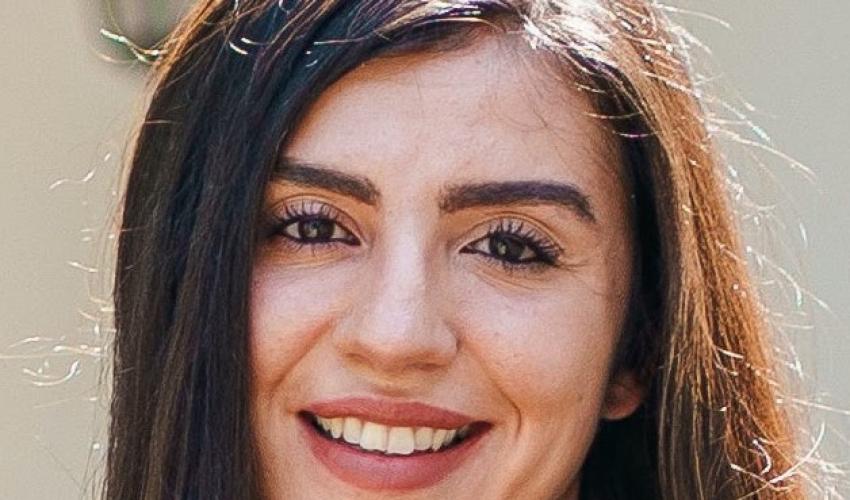
People Power Shapes Peace
THE STRATEGIC USE OF VARIOUS NONVIOLENT TACTICS CHANGES THE COURSE OF THE CONFLICT. A STUDY CONDUCTED ON THE AFRICAN CONTINENT HIGHLIGHTS HOW PROTESTS, POLITICAL COMMITMENT, NONCOOPERATION, OR INTERVENTION IMPACT THE PEACE PROCESSby Marina G. Petrova, research fellow at Department of social and political sciences
Civilians are often viewed as powerless bystanders during armed conflicts, given the danger of violence. This notion is contradicted by the variety of nonviolent actions that are carried out by civilians and civil society actors in the context of civil war, aimed at countering violence and promoting peace initiatives. But do these nonviolent actions positively impact the prospects for a peace process?
Focusing on post-Cold War civil wars on the African continent, we set out to investigate this question by studying the effect of different nonviolent actions on key components of a peace process: the likelihood of negotiations between the conflict parties and subsequent peace agreements. The variety of nonviolent action tactics that are prevalent in conflict contexts include, but are not limited to, protests (i.e., demonstrations and protests), political engagement (i.e., lobbying and bridging activities), non-cooperation (i.e., strikes and boycotts) and intervention (i.e., sit-ins, occupation, and the creation of alternative institutions).
Through these nonviolent activities, ordinary people, civilians, and civil society actors in various conflict settings throughout the world have been able to influence the dynamics of conflicts and contribute to the initiation and success of peace processes. For example, the Women of Liberia Mass Action for Peace used protests and political engagement tactics prior to initial negotiations between the government and LURD in early 2003. These nonviolent action tactics both helped to support and pressure parties to start talking. Later on, these were followed by more radical nonviolent activities during the formal negotiations to pressure for a peace settlement: activists lobbied and pressured warring parties and staged sit-ins and blockades to prevent delegations from leaving without a resolution. The Alliance for Democracy in Mali (ADEMA) launched mass nonviolent demonstrations between 1990 and 1991 against the military government, while the Tuareg rebellion was ongoing in the north of Mali. These nonviolent tactics performed by civilians, cutting across various social groups, altered the power asymmetries in the conflict and paved the way for negotiations and the following peace agreement with the Tuareg rebels in 1996.
Our findings suggest that people power, enacted through nonviolent action tactics, does impact civil war peace processes, albeit in diverse ways. Protests and political engagement transform conflict, foster cooperation, and help warring parties to overcome the first hurdle to a peace process – initial peace talks. However, protests and political engagement are not associated with the likelihood of subsequent peace settlements that bring a peace process to a successful conclusion. These two nonviolent tactics might have little effect, as they are difficult to sustain over time and because the nonviolent groups deploying them are often excluded from formal talks.
Radical tactics such as non-cooperation and intervention seem to impede rather than facilitate negotiations. Such tactics are likely to create additional instability, thereby subverting the chances for peace talks. However, intervention tactics such as sit-ins and the creation of alternative institutions are associated with an increased likelihood of peace agreements, as the example of Women of Liberia Mass Action for Peace shows. Alternative institutions created by civil society actors can play a crucial role in undermining unjust state institutions and provide a blueprint for more inclusive institutions that are often included in peace settlements (e.g., the “committees” that were set up to govern townships in South Africa).
One thing is clear – people power works. Civil society actors, activists, and ordinary people really do have the power, not just to be bystanders and observers of the ongoing civil war, but to change the course of the conflict through the strategic use of different nonviolent tactics. But the use of specific nonviolent tactics should be strategic given that not all forms of nonviolent action work at all stages of a peace process.
*This article is based on the paper “The Quest for Peace: Analysing the Effects of Nonviolent Action on Civil War Peace Process” by Luke Abbs and Marina G. Petrova and it is supported by the United States Institute of Peace (USIP) research grant.
